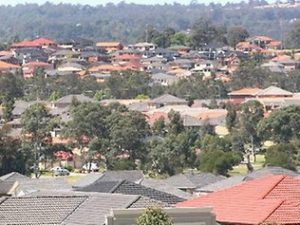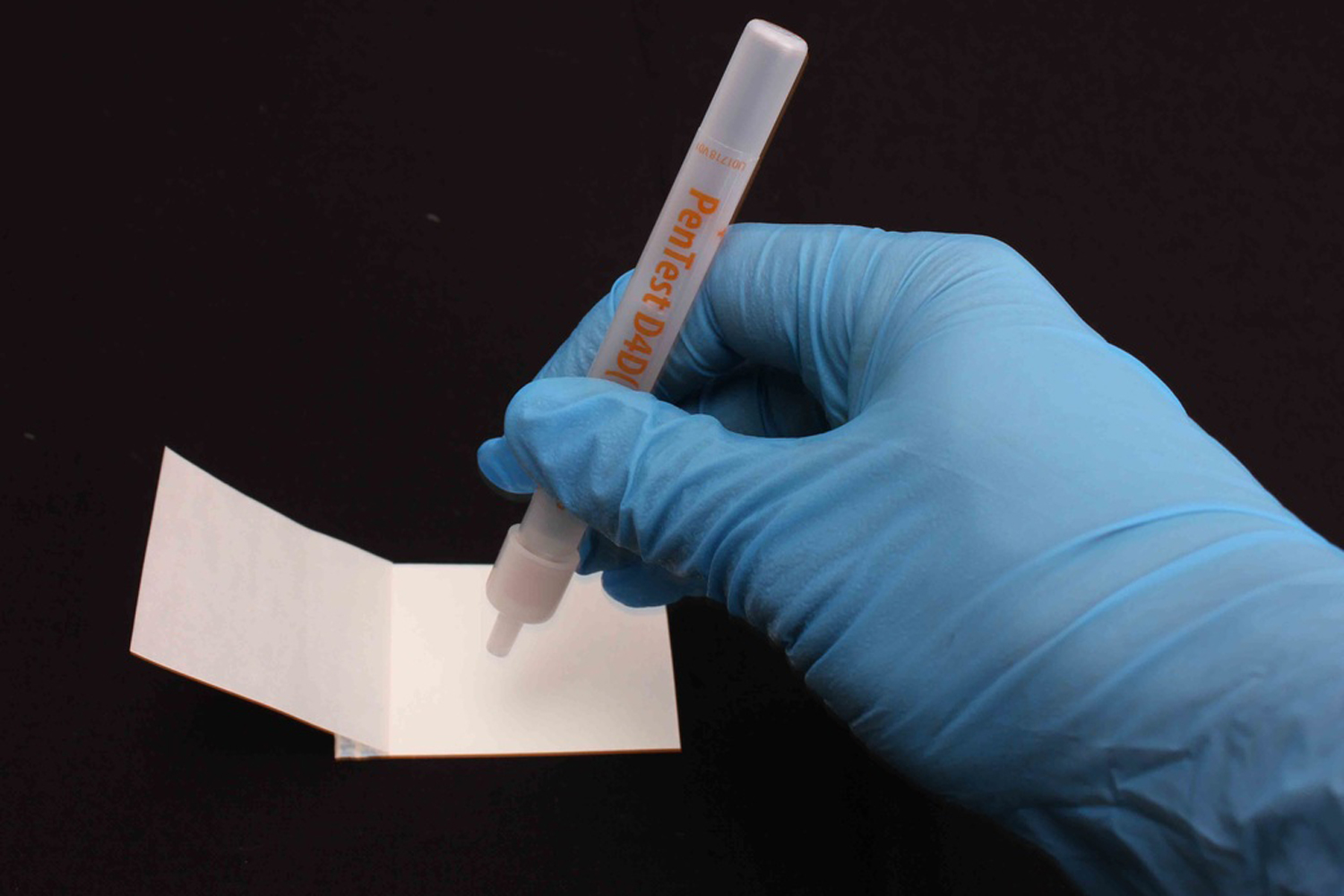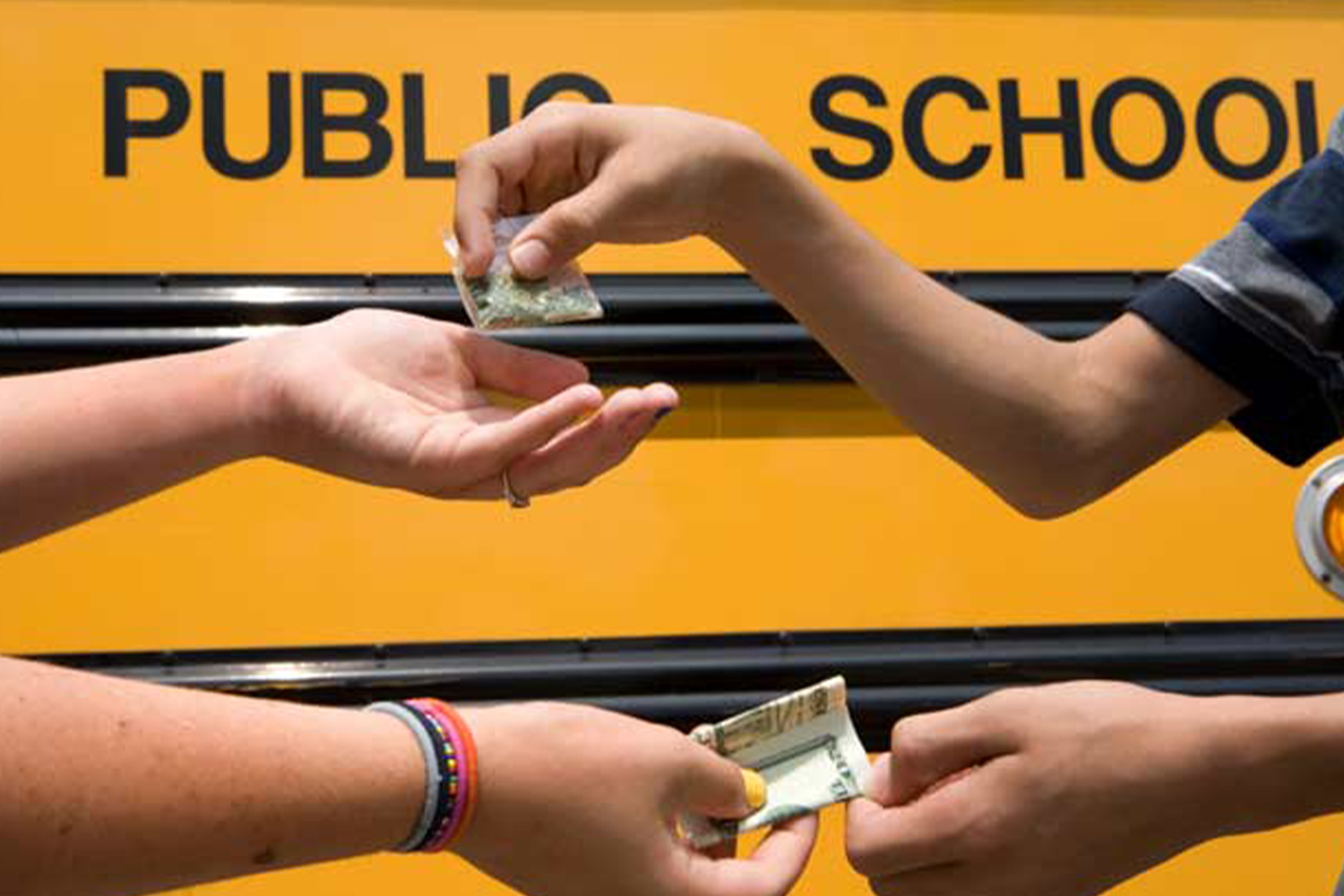28 May 2016 – Author: Kathleen Noonan – Source: The Courier Mail

WHAT does meth in the suburbs look like? Right now, I can tell you what it sounds like. Take a steer, teach it to swear profusely and savagely, tie it up, then torture it and listen. Like that.
What does meth look like? Well, you can look at the before-and-after “faces of meth” online to see the physical ravages of users but, for a long while, meth looks like any average family members, any neighbour, the mum at preschool, the barista at the cafe. For a while, meth looks like that. Happy, functioning, often highly productive. Until it looks like some middle-aged person stripping and running naked up the street, babbling incoherently, accosting strangers in a paranoid state.
One minute, a mum, then – to the observer – a nude psychotic nutter. It looks like that.
WASTEWATER: Extent of Queensland ice use revealed
This is my suburb. A lovely established inner-city ’burb close to an exclusive private school where competitive caftans and fake tans gather for rowing meets. A world of flowering trees, sprawling Queenslanders, Mercedes SUVs and Bikram Yoga studios. Not your traditional Methsville. The changing face of illicit drugs in Australia.
Meth isn’t the worst drug problem facing Australia. It just feels uglier to be near. It’s the violent, unpredictable feral dog of drugs. That’s the reason frontline police, paramedics and hospital staff hate it. Methamphetamine comes in several forms: a powder, speed; a crystalline form, crystal meth or ice; and a base form. While Australia as a whole hasn’t an “ice epidemic’’, it is ravaging certain communities. Alcohol is still the worst drug problem facing Australia. No other drug comes close to causing as much death, illness, lost productivity and violence. But there are some traits that make meth stand out.
Methamphetamines leave more than half of regular users hooked. In an article in the Medical Journal of Australia, researchers from the National Drug and Alcohol Research Centre estimated that in 2013-14 there were 268,000 regular meth users aged 15-54, of whom 160,000 were dependent. According to researchers, new meth users initially tell their friends it is good, making them follow suit, only for addiction and psychosis to follow. Meth addicts are liars and manipulators, Luke, a recovering addict, told me recently. “We say and do whatever it takes.’’
He previously had a marriage, a corporate job with company car and two houses. Now, he has the scars of scabs on his face, a mouth of ruined teeth and lives in the garage of his stepfather’s house. “After how I treated the family, I’m lucky to have that.’’
Families of addicted meth users go to hell and back. Where you once had a son or daughter, you now have – when they need a hit – a rasping, desperate animal screaming obscenities and threatening to kill you if you don’t give them money. Even 90-year-old grandma isn’t safe.
For neighbourhoods, meth in the suburbs means middle-of-the-night screaming matches, thrown furniture and three-day parties. Normal-sounding parties have an “arc’’ – they start at a rowdy rumble, escalate to exhilaration at midnight or 1am and peak, then comes the swearing, slurring departure as people spill into cabs in the street. Meth parties are just three days and nights non-stop of speaking nonsensical garbage. Then, everyone crashes for days. Bugger the kids, if they need looking after or getting off to school. Meth in the suburbs looks like kids utterly unsupervised, long days with the Xbox or online watching whatever, waiting for the adults to emerge. You have to keep reminding yourself, the addict parent is sick. Otherwise, you would hate them.
Meth in the suburbs means when violence erupts and police are called, the officers turn up pretty quick, armed and in numbers, because they are tired of being attacked. Paramedics stand in your street and ask neighbours: “Is he violent? Any weapons?’’ They negotiate calmly and patiently for hours with someone screaming animal noises at them, studded with the occasional rant: “You f–king, retard c–ts.’’ .
I talk to a sergeant after this call-out. He looks tired. Tough day at the office. “Not really, we deal with this stuff every shift. It’s an unusual day or night without one.’’
Paramedics and police know better than anyone how a city gets wasted. Most people who have ever regularly taken illicit drugs say the same thing at some stage: It’s all good. No worries. Like we’re bulletproof or somehow too smart or educated to have a problem. And no doubt, there are plenty of “functioning’’ drug addicts in society.
Yet the paramedic says something about middle-class meth use that surprises me, yet really it’s obvious. Those users who work or have access to money without crime, can – in a strange way – be worse off than the stereotypical “poor’’ addict. The addiction hole they can dig is far deeper. “If you need to steal to get money for meth, eventually you will be caught, end up in court or jail and might get some rehab. But if you have money, you can pretend it’s OK, maintain the facade for longer. Without the intervention of court and jail, your addiction may deepen. It takes much longer to hit rock bottom and, therefore, seek help.’’
Australia. Queensland, rural, regional and urban has a problem with meth. It is becoming purer and a more economical purchase. The state houses the highest amount of drug labs in the country. The war on drugs is an utter failure. Australia is still concentrating on the crime – filling our jails – and not putting enough serious money into health, addiction and harm reduction. Ever tried to find a long-term detox or rehabilitation place for a family member in Brisbane? Good luck. The beds are full. Let alone a publicly funded detox centre in rural or regional Queensland. Here in Australia, we usually follow American trends, only five years later. On television last week, a statistic: the US has 26 million addicts and recovering addicts. More than Australia’s population.




